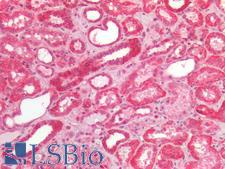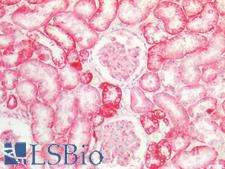Login
Registration enables users to use special features of this website, such as past
order histories, retained contact details for faster checkout, review submissions, and special promotions.
order histories, retained contact details for faster checkout, review submissions, and special promotions.
Forgot password?
Registration enables users to use special features of this website, such as past
order histories, retained contact details for faster checkout, review submissions, and special promotions.
order histories, retained contact details for faster checkout, review submissions, and special promotions.
Quick Order
Products
Antibodies
ELISA and Assay Kits
Research Areas
Infectious Disease
Resources
Purchasing
Reference Material
Contact Us
Location
Corporate Headquarters
Vector Laboratories, Inc.
6737 Mowry Ave
Newark, CA 94560
United States
Telephone Numbers
Customer Service: (800) 227-6666 / (650) 697-3600
Contact Us
Additional Contact Details
Login
Registration enables users to use special features of this website, such as past
order histories, retained contact details for faster checkout, review submissions, and special promotions.
order histories, retained contact details for faster checkout, review submissions, and special promotions.
Forgot password?
Registration enables users to use special features of this website, such as past
order histories, retained contact details for faster checkout, review submissions, and special promotions.
order histories, retained contact details for faster checkout, review submissions, and special promotions.
Quick Order
PathPlusTM NDRG1 Antibodies
NDRG1 is a member of the N-myc downstream-regulated gene family with various roles in cell proliferation, differentiation, DNA repair, cell adhesion, vesicle trafficking, apoptosis, development, and stress response. It is considered to be a tumor suppressor, inhibiting proliferation and enhancing apoptosis through the regulation of Wnt-signaling. N-myc and c-Myc transcriptionally repress NDRG1. It is expressed in neurons and nerve fibers during neurological development. NDRG1 is also upregulated in mast cells during maturation, and it is believed to accelerate degranulation and promote exocytosis. Involvement in cancer progression is considered pleiotropic, as it has been suggested to have oncogenic functions in some cancer types. For example, expression of NDRG1 is correlated with good prognosis in glioma, and pancreatic, prostate, and breast cancer, but it is associated with poor prognosis in esophageal and hepatocellular carcinoma. Separately, mutations in NDRG1 cause Charcot-Marie-Tooth disease type 4D, a demyelinating syndrome.
3 PathPlusTM Antibodies



☰ Filters
Products
Antibodies
(3)
Type
Primary
(3)
Target
NDRG1
(3)
Reactivity
Human
(3)
Mouse
(1)
Rabbit
(1)
Application
IHC-P
(3)
WB
(3)
ELISA
(1)
IF
(2)
Peptide-ELISA
(1)
Host
rabbit
(1)
mouse
(1)
goat
(1)
Product Group
PathPlus Cancer
(3)
Isotype
IgG
(1)
IgG2a,k
(1)
Clonality
monoclonal mc
(1)
polyclonal pc
(2)
Clone
2D7
(1)
Format
Unconjugated
(3)
Epitope
aa382-394
(1)
Publications
No
(3)

Cancer
NDRG1 Goat anti-Human Polyclonal (aa382-394) Antibody
Rabbit, Human
IHC-P, Peptide-ELISA, WB
Unconjugated
50 µg/$375

Cancer
NDRG1 Mouse anti-Human Monoclonal (2D7) Antibody
Human
ELISA, IF, IHC-P, WB
Unconjugated
50 µg/$375

Cancer
NDRG1 Rabbit anti-Human Polyclonal Antibody
Mouse, Human
IF, IHC-P, WB
Unconjugated
50 µl/$375
Viewing 1-3
of 3
product results










